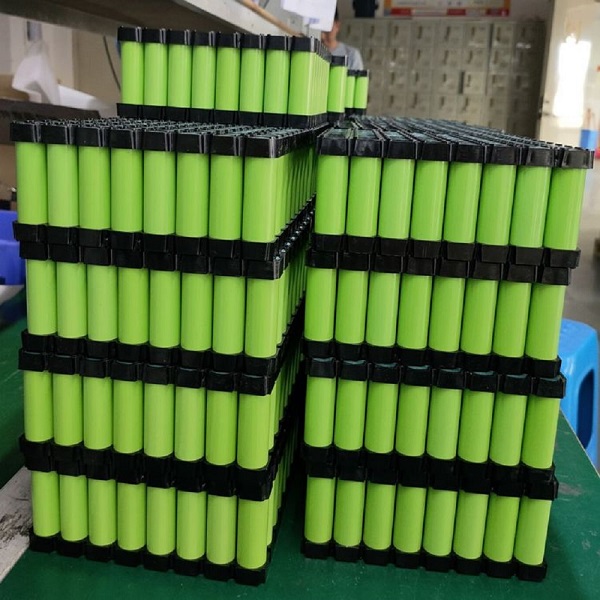There are many types of lithium ion batteries, including power lithium ion batteries, capacity lithium ion batteries, and consumer lithium ion batteries. Power-type lithium-ion batteries and capacity-type batteries differ in materials and processing techniques. The difference in discharge characteristics means that the range of use of the two is quite different. When purchasing a Li-ion battery pack, be sure to differentiate between the two to prevent adverse effects on the load.

1. The difference between power lithium-ion battery and capacity lithium-ion battery
A power lithium-ion battery pack refers to the power source that powers the tool. Currently, it mostly refers to the lithium-ion battery packs that power electric cars and electric trains. With the emergence of plug-in hybrid vehicles, power-type lithium-ion battery packs came into being. It requires the battery to have high energy storage, be able to support pure electric driving for a certain distance, and have good power characteristics, and enter the hybrid mode when the battery power is insufficient.
(1) Different voltage
In the battery industry, as the voltage increases, the corresponding output voltage will also increase, so that the power-type lithium-ion battery pack can meet some high-power equipment; the direct impact of the parallel method is to make the entire battery pack. The current increases, and the capacity is affected by the output current, so the direct parallel connection is to increase the capacity of the lithium-ion battery pack. Battery packs connected in this way tend to have a larger capacity, also known as capacity. Type lithium-ion battery pack.
(2) The products used are different
Higher voltage values are required on some large equipment, because low-power battery packs cannot operate, so power-type lithium-ion battery packs must be selected. For example, the electric bicycle we usually use, the voltage value it needs is often 48V. 48V is no small compared to some situations in our lives. Therefore, it is necessary to use a power-type lithium-ion battery pack to ensure the operation of the electric bicycle.
Capacity-type lithium-ion batteries are like mountaineering and running, requiring high capacity to maintain a low-power discharge for a long time. It is often used for small current discharge, but there are also products with larger capacity requirements, such as mobile power supplies, outdoor flashlights, etc.
(3) Different internal resistance
The internal resistance of the power type lithium-ion battery is smaller than that of the capacity type lithium-ion battery. Taking 18650 as an example, good manufacturers with 3-rate discharge generally have PDC, and the internal resistance is about 40; 5-rate discharge generally does not have PDC internal resistance. Resistance is about 20.
(4) Different discharge characteristics
The power lithium-ion battery pack is characterized by high current discharge, and the discharge rate is generally above the market C, which can achieve instantaneous high current;
The capacity-type lithium-ion battery is characterized by a small discharge current, but a large capacity, which can provide stable power supply for a long time.
2. Analysis of consumer lithium-ion batteries
Consumer lithium-ion batteries are rising or slowing as consumer electronics enter the inventory race. Overall, the demand for lithium-ion batteries will gradually decline as the global consumer electronics market becomes saturated. The above report predicts that by 2020, the proportion of demand for lithium-ion batteries in consumer electronics will drop to 30.5%. The proportion of demand in other emerging markets will pick up significantly, especially the electric transportation and energy storage markets.
The growth rate of consumer electronics is slowing down, and consumer lithium-ion batteries may usher in a reshuffle. Some products with poor quality and low safety factor will be eliminated, and companies with the advantages of technology accumulation and production scale are expected to gain new opportunities.
Consumer lithium-ion batteries do not need long-term reliability, and generally do not need to be used alone in groups, so there is not much demand for consistency. However, because consumer mobile phones and pads have limited space and are very valuable, consumer lithium-ion batteries have size requirements. Strict, capacity, energy density and other requirements are very high. High-end consumer batteries use the most advanced technologies and materials, while power lithium-ion batteries require more advanced process control, consistency control and quality management.
The above is the difference between power lithium-ion batteries, capacity lithium-ion batteries and consumer lithium-ion batteries. The performance, structure, scope of use and parameters of each battery are different, you can choose according to the actual use scenario!



